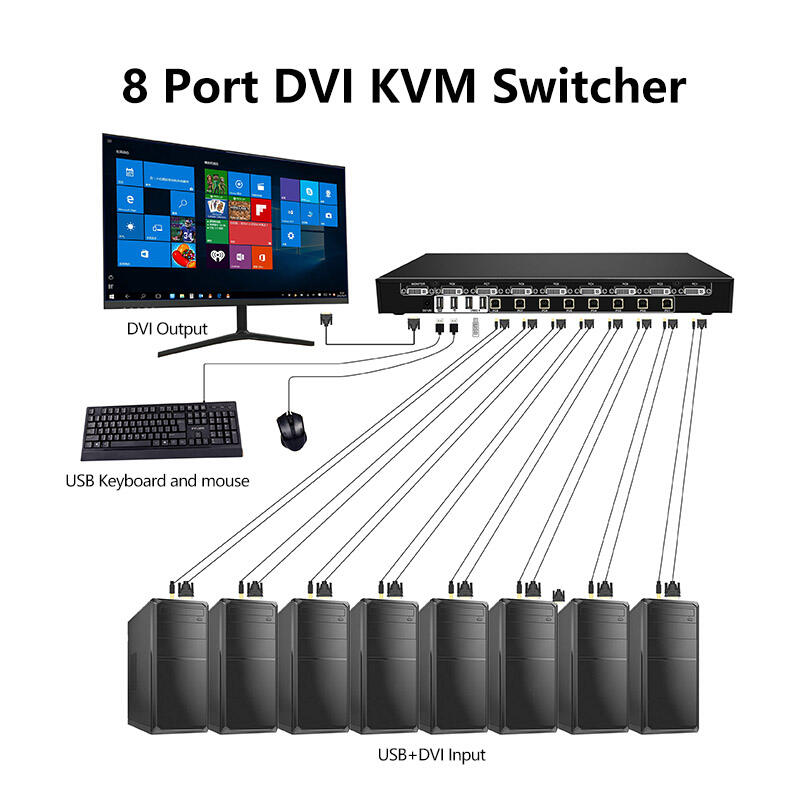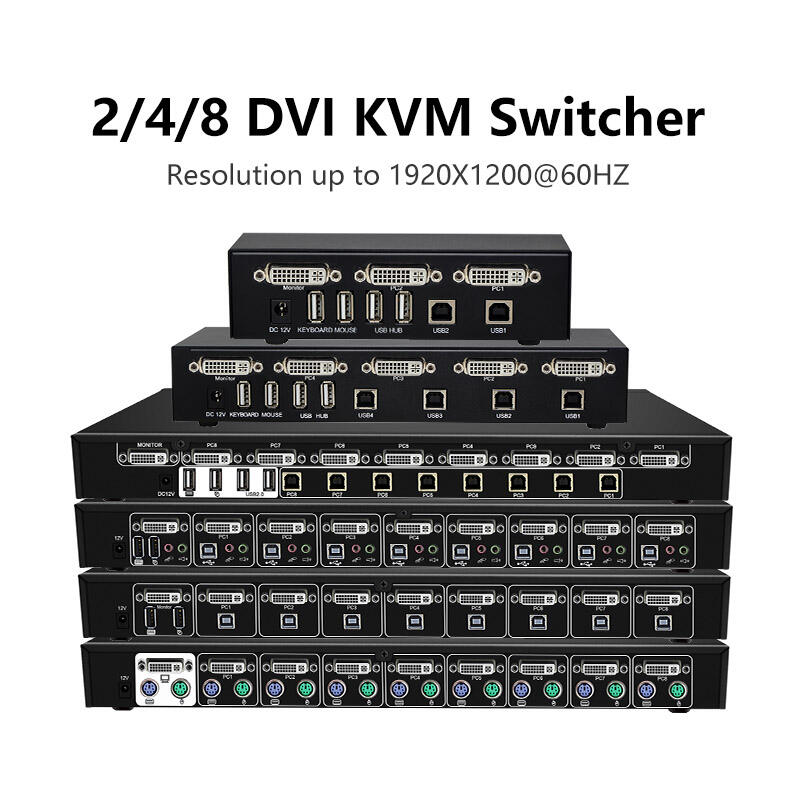
A DVI extender allows users to remotely locate the source device, like a computer or video server, from a DVI compatible display. It may be optimal for passive extension over short distances, or for longer distances, it may be an active extender. Active DVI extenders usually have reach limitation extensions, which can be via signal amplification or converting the signal into Ethernet or fiber optic cable. In large AV installations like conference rooms or DVI signage networks, DVI extenders make it possible to position the displays far from the source devices without much signal loss, providing stable and clear video output
